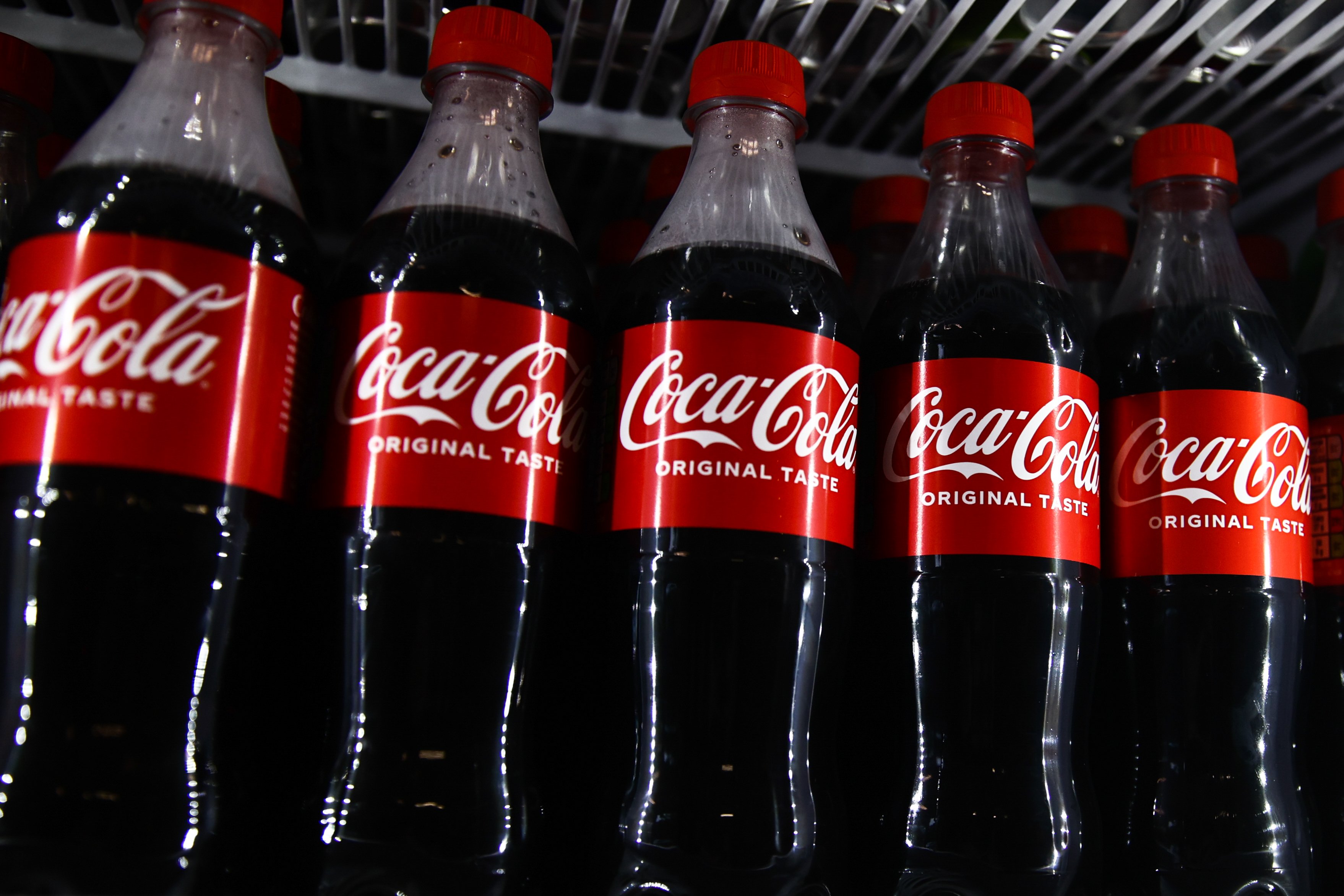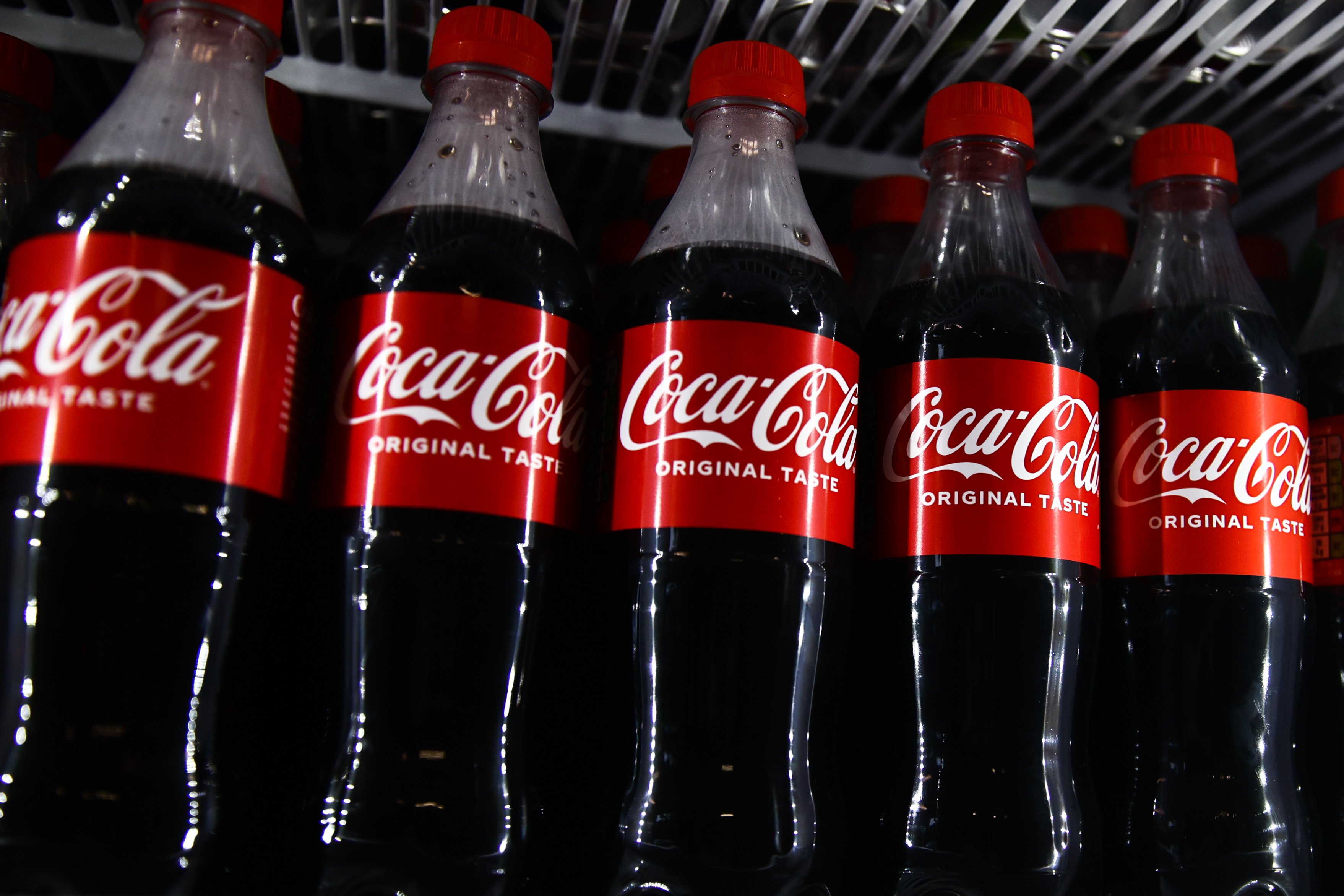Consumers don't guzzle soft drinks like they used to. That's a hard fact for big beverage companies to swallow. In their struggle to reverse the decline in U.S. soda consumption, soft drink makers have commanded and received increased soda prices to combat loss of volume sales. But they've recently faced a more worrisome problem -- declining revenue. Is this the beginning of the end for big cola?
Dissolving demand
For nearly the past decade, soda makers have successfully combated loss of soda volume by raising prices. But soda sales at U.S. stores in 2012 declined 0.6% in dollars, with the most precipitous decline occurring in the second half of the year. In fact, December alone accounted for a 2.8% slump in sales. Clearly, soda makers are looking for a sales jolt.
Soda consumption declines coupled with concerns about obesity have forced traditional soda makers to stock up on nontraditional offerings. In an effort to boost top-line growth of its beverages, PepsiCo (PEP 0.17%) has been on a spending spree enhancing marketing, advertising, and new product innovation. Over time, the investments will likely spur stronger sales. But PepsiCo's stock price yielded a paltry 4% during the past five years. Needless to say, investor patience is wearing thin. Desperate times may just yet call for desperate measures.
In fact, PepsiCo shareholders have pleaded for the company to split its better-performing snack business from its more sluggish beverage business, similar to the Mondelez International and Kraft Foods Group split for this very same reason in October 2012. Mondelez gained the higher-margin, higher-growth global snack food business, including billion-dollar brands Oreo cookies, Cadbury chocolates, and Trident gum. Meanwhile, Kraft retained the North American grocery business chock-full of Velveeta, Jell-O, and Oscar Mayer. Whether or not a potential future split would improve PepsiCo's performance is debatable.
Still gas in the tank
Yet PepsiCo, Coca-Cola (NYSE: KO), and Dr Pepper Snapple (NYSE: DPS) still dominate the highly concentrated nonalcoholic beverage industry, accounting for roughly 85% of U.S. soft drink sales. And they're making serious strides in the noncarbonated -- or still -- market, as consumers are increasingly reaching for waters, juices, teas, and sports and energy drinks.
So far, Coke has admirably grown the breadth and depth of its entire portfolio with a particular focus on still drinks, which are expected to outpace carbonated. The company's limbered up by accentuating its still brands, notably Minute Maid, with its 14% market share in the international juice market and 20% volume growth in 2011. Coke's Dasani, launched in 1999, is one of the leaders in the U.S. bottled water market. And Coke further added Odwalla juices, Seagram's mixers, and Honest Tea to its lineup through acquisitions.
Most recently, Coke gained a majority stake in Zico coconut water, a promising niche beverage touted for its hydrating electrolytes and nutrition. Zico tripled its sales between 2010 and 2011, a time when Coca-Cola owned a minority stake. Currently, only 3% of U.S. households buy coconut water, so the upside potential for the makers of this natural beverage is huge.
As the market continues to robustly grow, coconut water wars may strangely enough one day replace cola wars. Not surprisingly, big cola currently controls rival coconut waters. After a failed partnership with GNC Holdings to produce coconut water, PepsiCo got it right with O.N.E., currently the No. 3 selling coconut water brand in the U.S. behind Dr Pepper Snapple Group's No. 1 Vita Coco and Coke's No. 2 Zico.
Bottom line: Bottoms up
Consumers will continue to reach for refreshment. And, regardless of your drink of choice, cola titans will quench your thirst and capture your dollars. Personally, I think Coke is the best positioned of the big cola companies because of the breadth and depth of its noncarbonated drink portfolio and unparalleled ability to market and distribute its brands.







